How Skin On Fish Fillets Reduce Waste in the Seafood Industry
By. Sofie Thoriq - 26 Sep 2025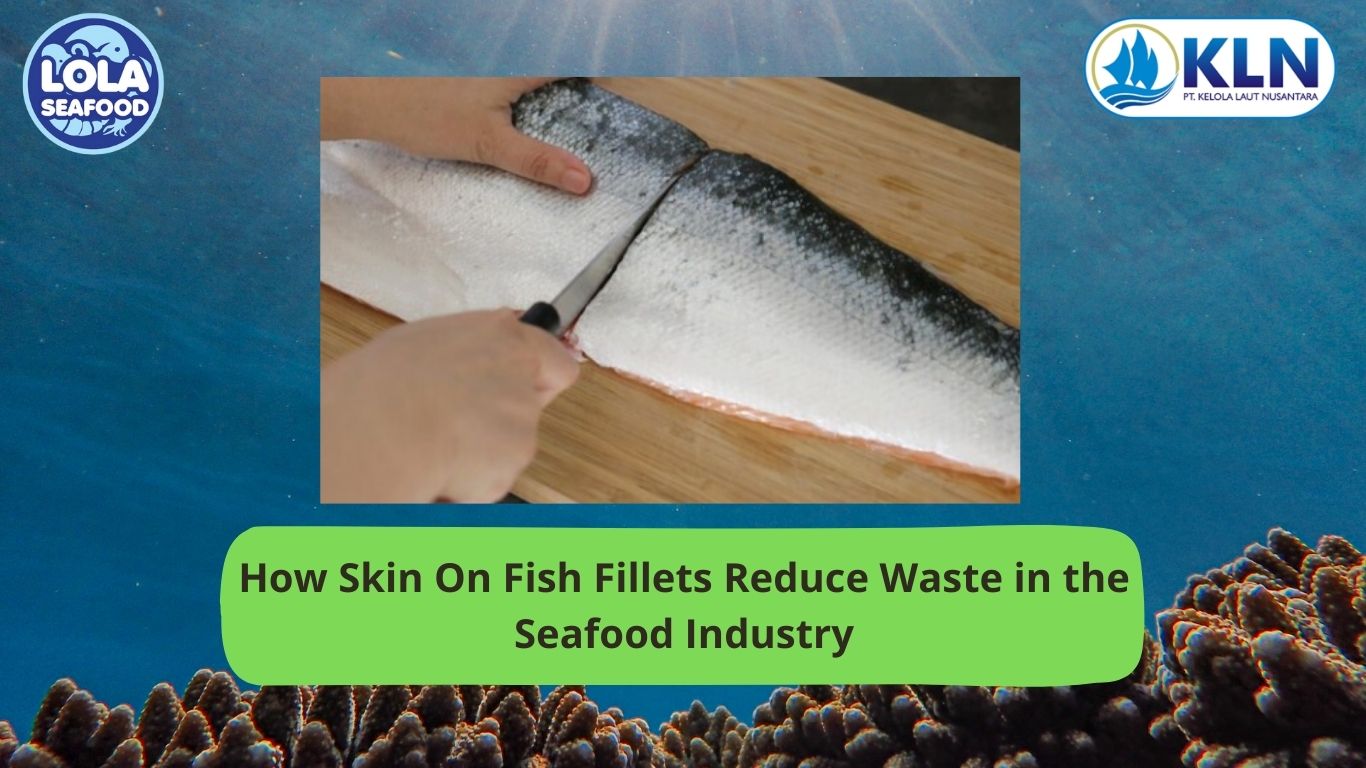
Kelolalaut.com In the global seafood industry, efficiency and sustainability have become two of the most important goals for producers, processors, and consumers alike. As the demand for high quality fish products continues to rise, the need to minimize waste while maintaining nutritional and sensory value has also grown. One of the approaches gaining attention in recent years is the production of skin on fish fillets. Unlike the traditional skinless fillets, skin on fillets retain the fish skin, providing not only culinary benefits but also a significant contribution to waste reduction in the seafood supply chain.
Traditional Fish Processing and the Problem of Waste
Conventional fish processing typically involves removing the skin from fillets to meet consumer expectations of a “cleaner” product. However, this practice contributes to substantial amounts of by products and waste. The discarded skins, which often end up in landfills or as low value fishmeal, represent a missed opportunity for both environmental and economic benefits.
According to industry reports, fish skin can account for up to 8–10% of the total fish weight. When large volumes of fish are processed daily, this percentage translates into tons of organic material being wasted. In addition, removing the skin requires extra processing steps, which consume additional water, energy, and labor.
Skin On Fillets: A Smart Alternative
The introduction of skin on fillets offers a practical solution to this issue. By keeping the skin attached, processors can directly reduce the amount of waste generated during fish processing. This approach not only decreases the need for disposal of by products but also improves production efficiency by eliminating an entire processing stage.
From a sustainability standpoint, every kilogram of fish saved from waste contributes to better resource utilization. With global fish stocks under pressure from overfishing and climate change, maximizing the use of every fish harvested is a moral and environmental responsibility.
Added Value in Nutrition and Cooking
Beyond waste reduction, skin on fillets provide additional benefits to both consumers and the food industry. Fish skin is rich in collagen, omega 3 fatty acids, and other nutrients, making it highly valuable from a health perspective. Instead of discarding these benefits, keeping the skin allows consumers to enjoy a more nutritious product.
From a culinary standpoint, skin on fillets also offer better flavor and texture. When cooked properly, the skin can become crispy, adding a unique dimension to dishes. Many chefs and restaurants now highlight skin on fillets as a premium option, reducing the stigma once associated with fish skin. This growing consumer acceptance further supports the shift toward skin on products, ultimately helping reduce unnecessary waste.
Economic Benefits for Processors
Reducing waste also means increasing profitability. By simplifying the production process and lowering waste management costs, seafood processors can operate more efficiently. In addition, skin on fillets are often marketed as a higher value product because of their nutritional and culinary benefits. This allows companies to tap into premium markets, particularly in regions like Europe, North America, and parts of Asia where consumer interest in authentic and sustainable seafood is growing.
Moreover, companies that adopt skin on fillet production can strengthen their brand image by aligning with global sustainability goals. In today’s competitive market, consumers are more likely to support brands that demonstrate environmental responsibility.
Supporting a Circular Economy in Fisheries
The concept of a circular economy—where resources are used more efficiently and waste is minimized—has become increasingly important in the seafood industry. Skin on fillets align perfectly with this principle. By reducing unnecessary skin removal, the industry can take one step closer to closing the loop in resource utilization.
In cases where skins are still separated, they can be repurposed into high value products such as gelatin, collagen supplements, or even eco friendly leather alternatives. However, keeping the skin on the fillet in the first place is the simplest and most direct way to prevent waste.
Challenges and Consumer Perceptions
Despite its benefits, the adoption of skin on fillets is not without challenges. In some markets, consumers still prefer skinless fish because of cultural habits or misconceptions about cleanliness. Educating consumers about the benefits of fish skin—both for health and sustainability—remains an important step in increasing acceptance.
Additionally, processors must ensure proper handling and quality control to maintain the safety and freshness of skin on products. Since the skin can sometimes harbor bacteria if not processed correctly, strict hygiene standards must be followed throughout the supply chain.
Skin on fish fillets represent more than just a culinary trend—they are a sustainable solution to waste reduction in the seafood industry. By retaining the skin, processors can minimize by products, lower environmental impact, and deliver a product that is both nutritious and desirable to consumers.
As the global seafood industry continues to face challenges related to resource scarcity, environmental sustainability, and consumer expectations, innovative approaches like skin on fillets will play a key role in shaping its future. Reducing waste is not only good for business but also essential for the health of our oceans and the generations to come.
If youre interested in our Corvina / Croaker / Jew Fish Whole Round / Whole Gilled Gutted Scaled , Corvina / Croaker / Jewfish Fillet Skin On and Corvina Fillet Skin Patch please do not hesitate to contact us through email and/or Whatsapp

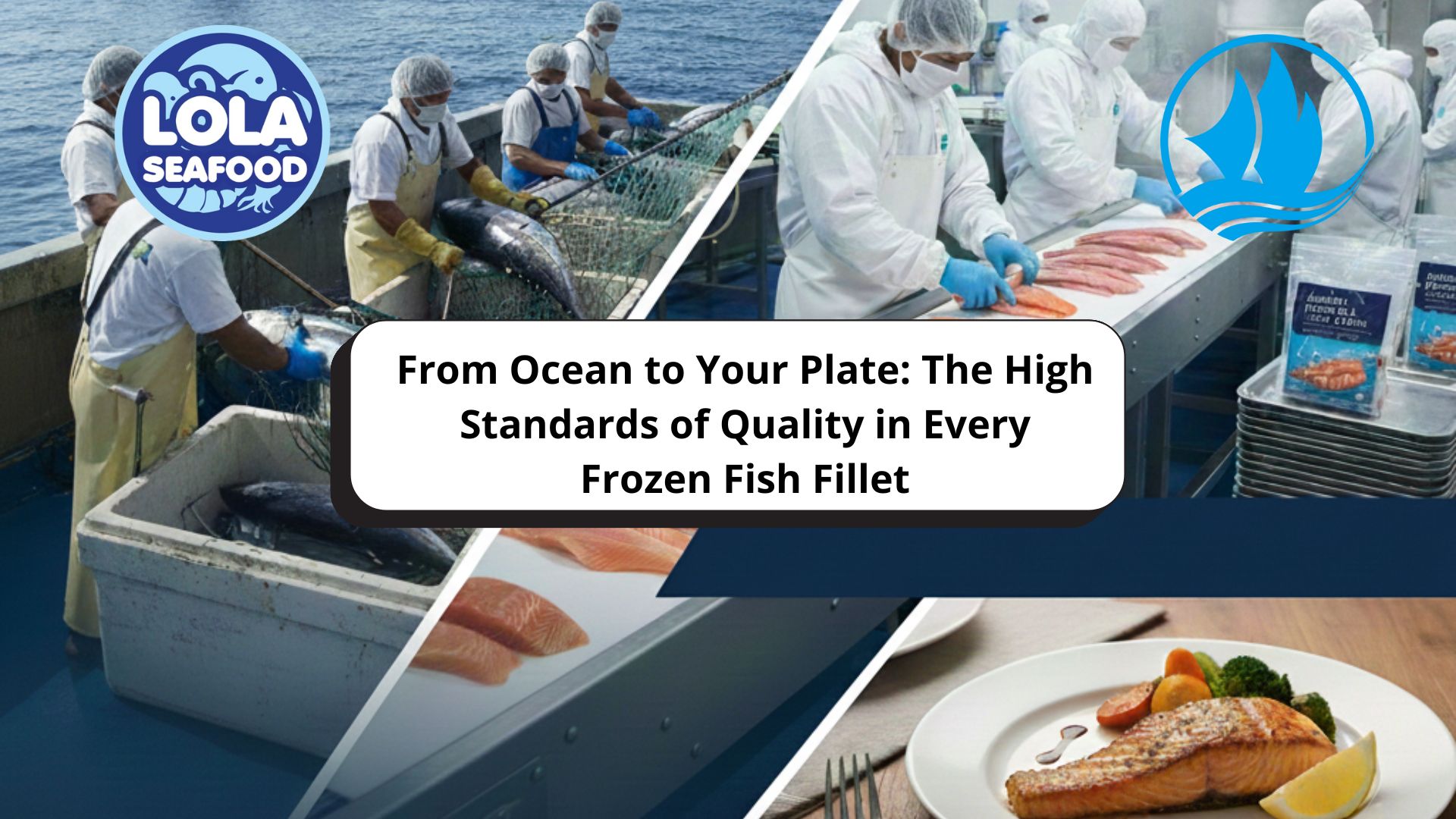
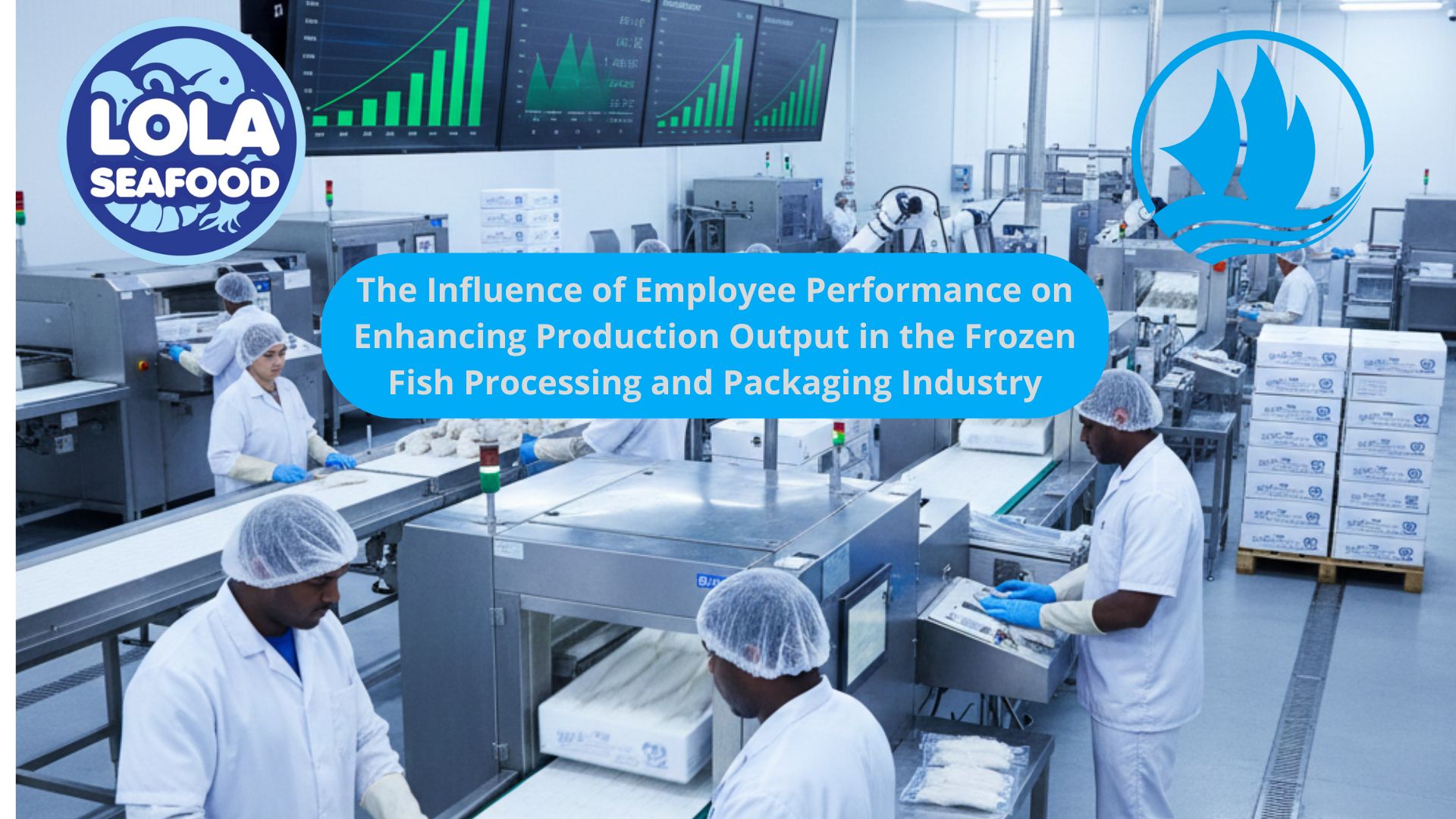

.jpg)
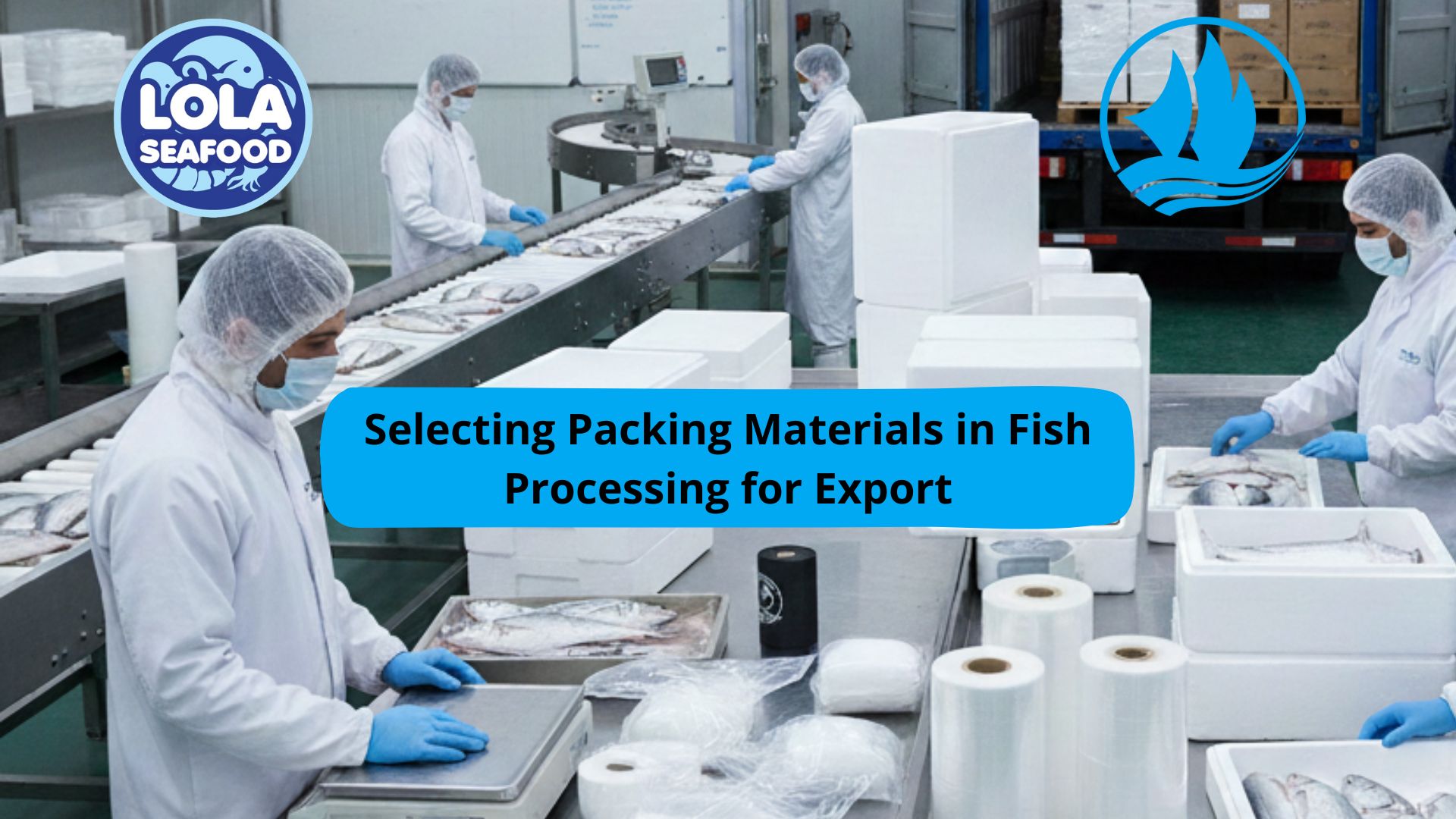
.jpg)
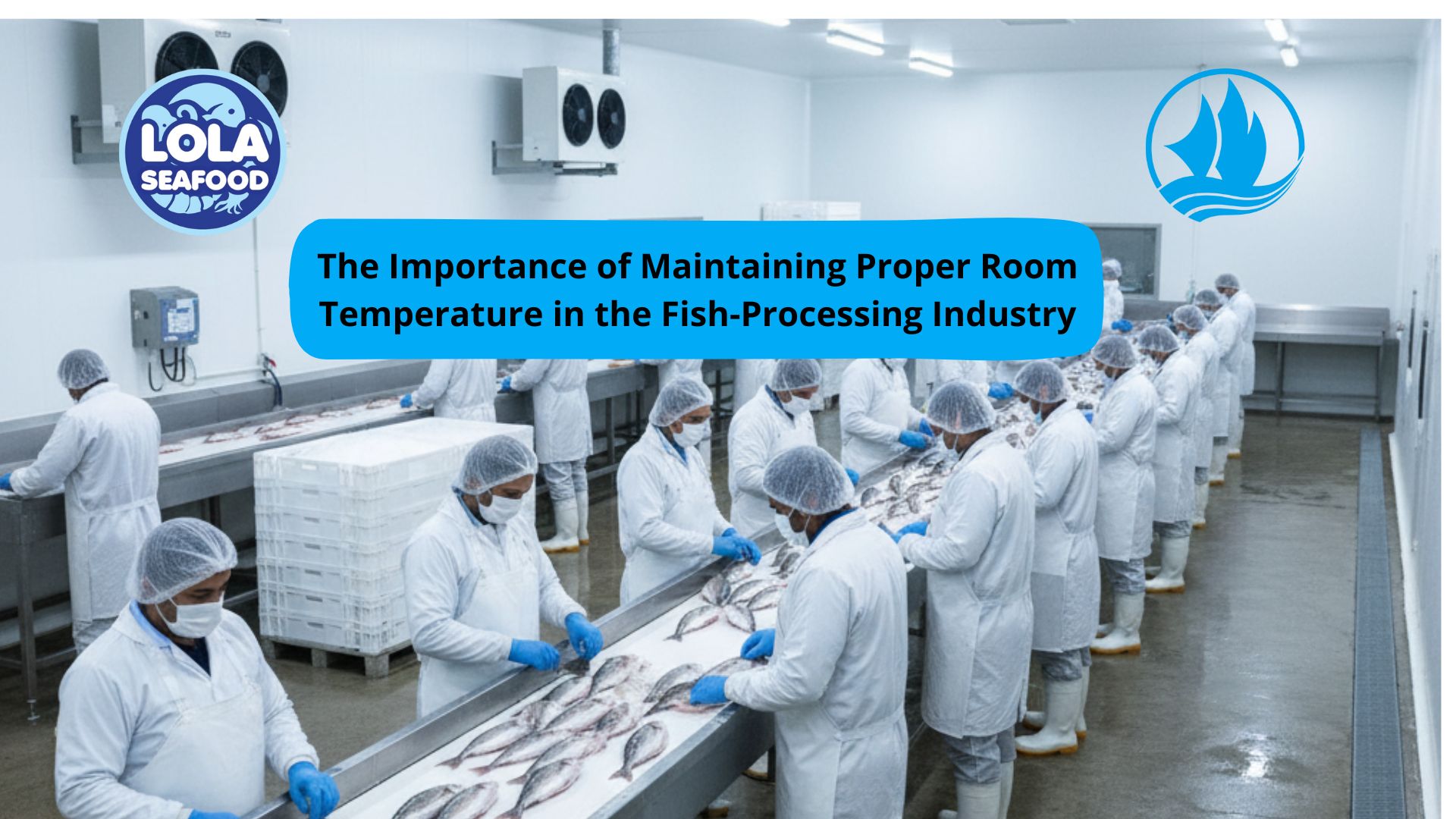
.jpg)